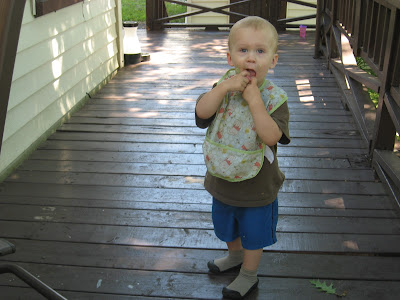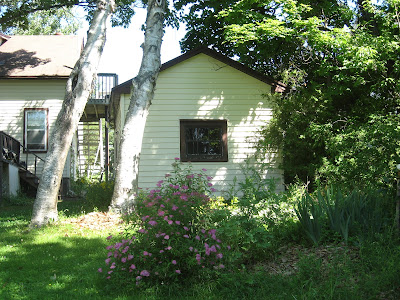I’ve come to realize that we owe it to a city to fully
engage with it, to commit to it on some emotional and practical level, before we
can fairly judge it on its merits. I’ve said before that I “wasn’t done” with
certain cities; when we first left Toronto, I certainly didn’t feel that I had
experienced all it had to offer. After living there once more, there was still
much I hadn’t seen, done… eaten… but I felt considerably more full on its
marrow, and much more satisfied about our decision to leave.
That decision brought us back to our hometown, widely
regarded as a “good place to come from” - the implication being that it’s fine to
have escaped from there, but far better not to be there anymore (a few key words:
small-minded, ignorant, old boys’ club, entitled, impatient, jaded,
steelworkers, nepotistic, nothing to do). We had done this before, of course –
left after high school, returned at various interludes between jobs and
adventures, and always left again.
This time, we were returning so I could complete an
intriguing degree program at the local university. This was Community Economic
and Social Development – CESD – and it would go on to change my life. Through
the lens of its teachings, I began to see the world – and in particular my
little town – differently. (That isn’t as cheesy as it sounds; since a
considerable focus of the program is globalization, localization and urban studies,
it was my job to critically examine these things.)
At school I was able to get involved in all kinds of awesome
things, and quickly made more friends than I ever had previously. Some truly
fantastic people went to school there – the kind of people I’d always looked
for in high school but seldom found. They were educated yet earnest, unafraid
to just jump in and really love something – like a city.
Many of them had come from elsewhere and didn’t carry with
them with the legacy of having grown up sullen and resentful in the Soo. They
saw it through new eyes, and many of them liked what they saw. They saw the
physical beauty of the landscape in a way I never had; they found interesting things
to do and if they didn’t find them, they made them. Together we planted
gardens, launched arts festivals, painted fences, held events and engaged with
the broader community. I used to joke that we all lived in a bit of a bubble
together and I still didn’t really like the Soo at large. But then I suppose if
a bubble grows large enough it can encompass a whole town.
The thing about the Soo is that, despite its centennial this
year, it seems still in its infancy. It’s had its industrial heyday and boom
period, of course, but in many ways it seems to be still figuring out what it
wants to be. And it’s small enough, and new enough, that individuals can
actually get their hands in there and help shape it. I have to say, I couldn’t
do that in Toronto; it had already been done.
We can’t expect cities to magically conform to our desires.
They don’t all meet our needs, but many of them can meet them better than we
may realize, if we’re willing to put in a little of the work ourselves.
So is it a curse or a blessing? To live in an “interesting”
place may mean that we’re up against deeply entrenched systems and norms, and
that effecting change is difficult. It may mean that all the parts are there,
but we have to puzzle them together ourselves into something workable or
beautiful. It may mean that there are parts missing; that’s okay. We can build
them. But we’ll never know how if we don’t get out there and experience the
city for what it is.
Now I’m in Moncton and I don’t know it yet. I think I like
it very much; it already has a lot of the parts that were missing in the Soo. I’ve
joked that I will miss my bubble, but what I really hope is that there are no
bubbles here: no invisible walls, no barriers to entry, nothing limiting the
oxygen to the select few within. For my kids’ sake, and my own, I hope that it
will prove “interesting” in the best of ways.






















